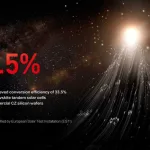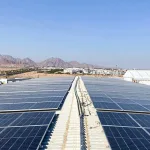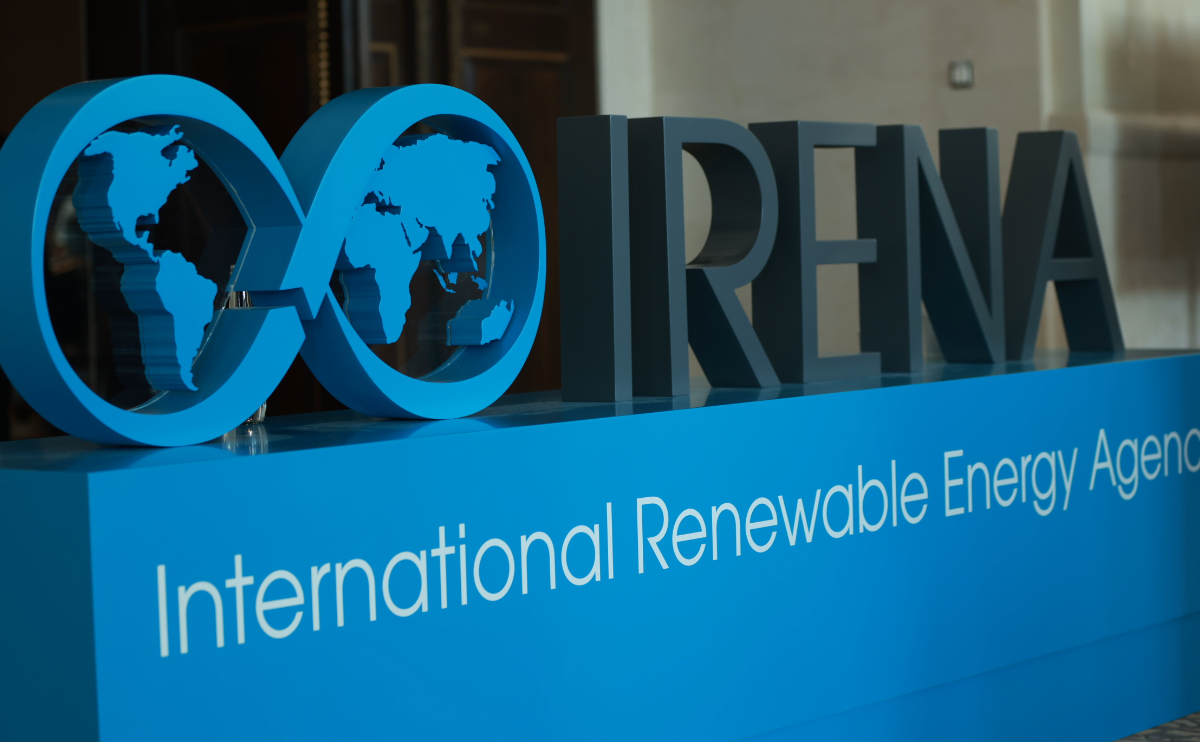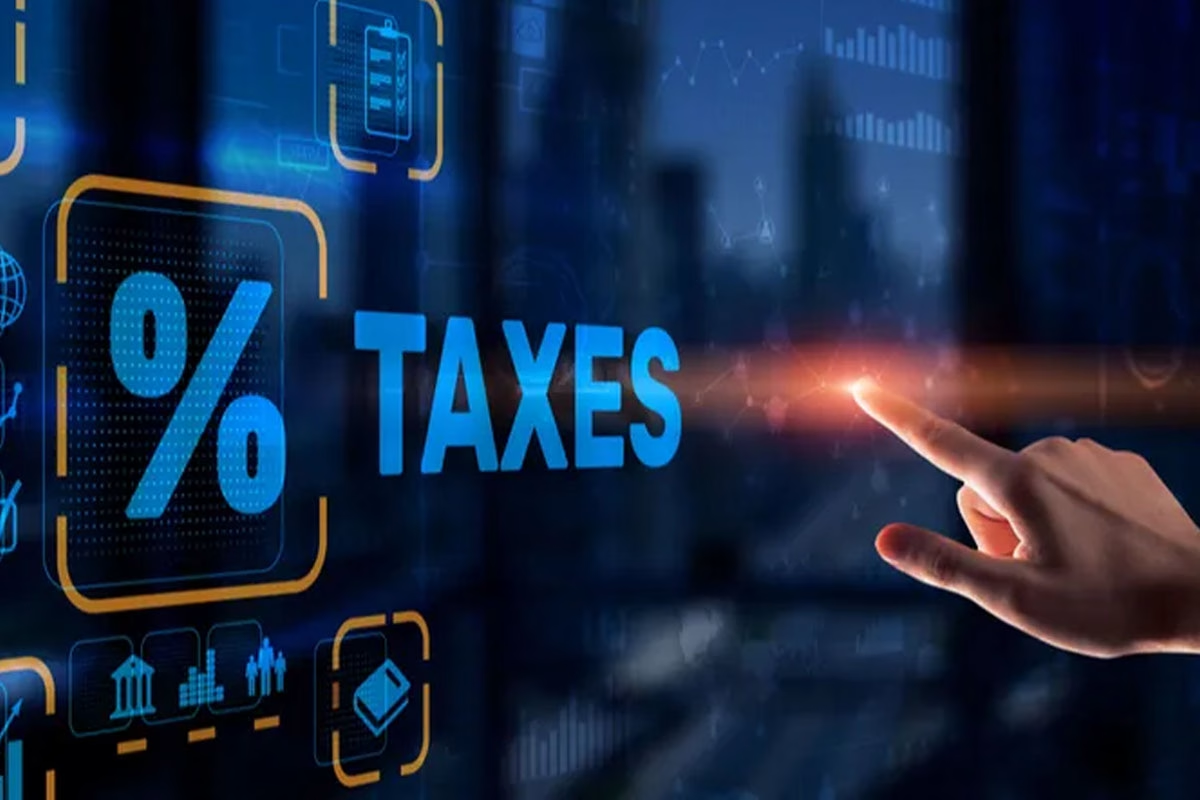
LONGi HJT cells set a new world record efficiency of 26.81%
June 5, 2024
Sungrow supplies inverters for solar projects in COP27’s host country
June 5, 2024Nov 09, 2022 EST(USA)
The Southeast Energy Exchange Market (SEEM) announced it has initiated operations, allowing participants to buy and sell electricity using its advanced SEEM platform.
SEEM serves electricity customers across the southeastern U.S. The new SEEM platform will facilitate automated, sub-hourly trading, allowing participants to buy and sell electricity close to the time the energy is consumed, utilizing available unreserved transmission. This advanced platform is expected to improve energy trading volumes, lowering fuel costs for customers and reducing solar curtailments. It demonstrates how digital means can lift transparency and efficiency and thus make good use of energy resources, which absolutely makes sense for strengthening the competitiveness of renewables like solar—and pushing forward the energy transition process.
Customer savings can be realized by selecting lower-cost and more efficient generation resources to serve customer demand. When energy sellers identify a use for their excess energy, those profits also benefit customers in return.
From the stand of carbon footprint, a study estimated that carbon emissions reductions for the SEEM region under operating conditions to be 570,000 metric tons annually for the IRP Baseline Outlook and 790,000 metric tons for the Carbon-constrained Outlook.
The SEEM platform will help save customers money and better integrate renewable resources, while ensuring all customers across the region realize the promise of renewables.
—said Noel Black, Southern Company’s senior vice president of governmental affairs.
With the addition of Duke Energy Florida, Seminole Electric Cooperative, Tampa Electric Company and JEA in early 2023, SEEM’s footprint would include 23 entities in parts of 12 states with more than 180,000 MWs (summer capacity; winter capacity is nearly 200,000 MWs) across two time zones. These companies serve the energy needs of more than 36 million retail customers (almost 60 million people).




